SDINBDA4 – 32G is an eMMC (embedded Multi – Media Card) chip with a capacity of 32GB, mainly used in embedded systems and mobile devices. Here is a detailed function description:
Storage Function
- Flash Memory: It uses NAND flash memory technology to provide non – volatile storage, which can retain data even when the power is off. The 32GB capacity offers a large – scale storage space for various data, including the operating system, application programs, user data such as pictures, videos, and documents.
- Data Reading and Writing: It supports the industry – standard MMC protocol v5.1, enabling easy reading and writing of data to the memory1. It can achieve high – speed data transfer, with support for HS400 (High – Speed 400) to improve the sequential bandwidth, especially the sequential read performance1. This allows for quick access to data, which is crucial for the smooth operation of the system and applications.
Power Management
- Dual – Voltage Support: The NAND region of the chip requires a 3V power supply voltage, while the MMC controller supports dual – power supply voltages of 1.8V or 3V (VCCQ)1. This dual – voltage design helps to optimize power consumption according to different operating conditions and reduces power consumption when the device is in a low – power state.
Packaging and Interface
- BGA Packaging: It adopts the BGA (Ball Grid Array) packaging form1. This packaging method has the advantages of a small size, good electrical performance, and high reliability, which is suitable for use in space – limited electronic devices.
- Standard Interface: The chip has a standard eMMC interface, which can be easily connected to the host controller of the device, such as a mobile phone’s motherboard or an embedded system’s main control board. This enables seamless integration with the system and simplifies the design of the hardware circuit.
The SDINBDA4 – 32G chip provides reliable and high – performance storage capabilities for embedded systems and mobile devices, with features such as high – speed data reading and writing, low – power consumption, and a compact packaging form, meeting the diverse requirements of different application scenarios.


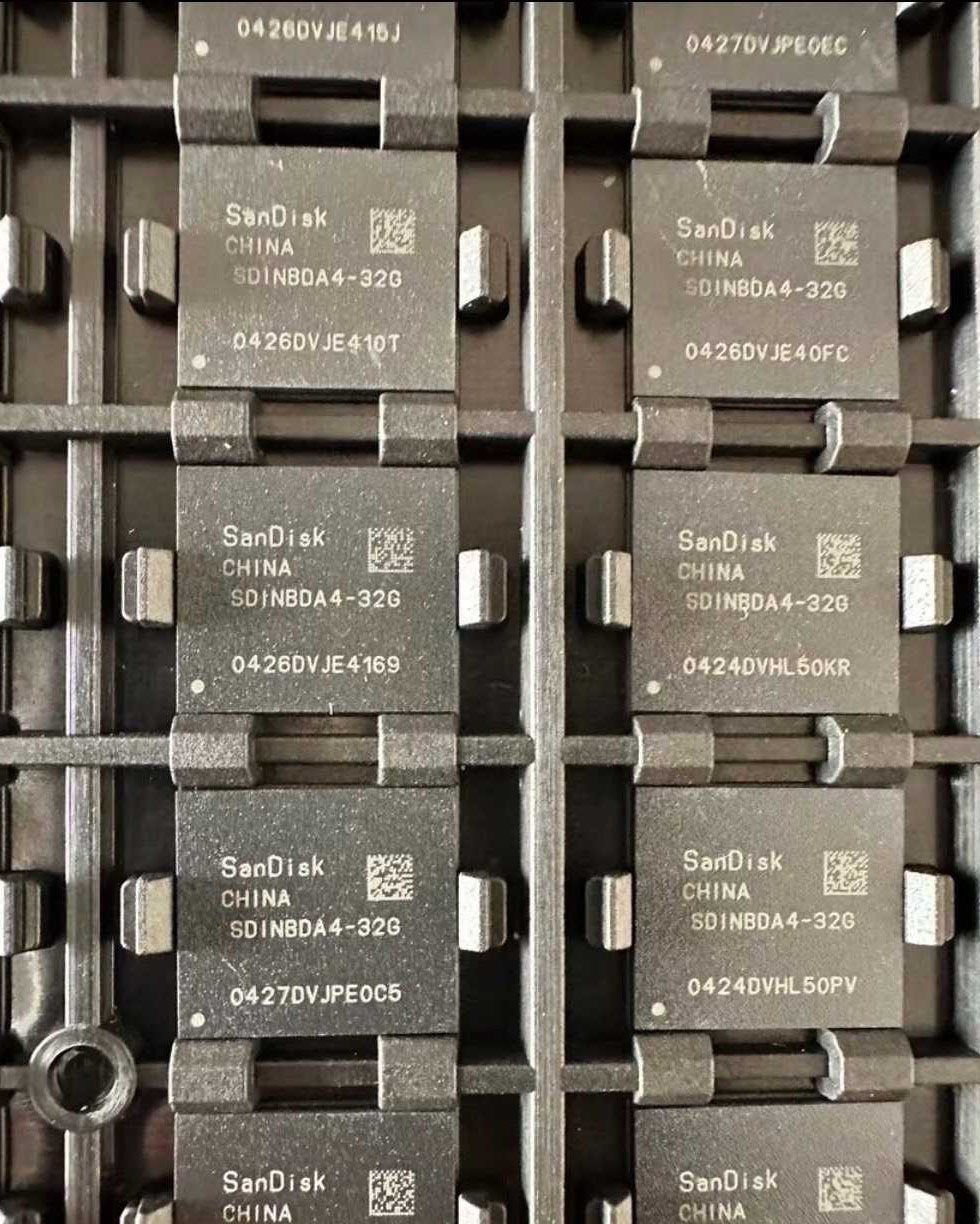
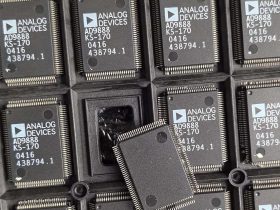
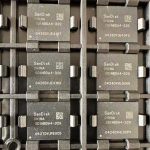


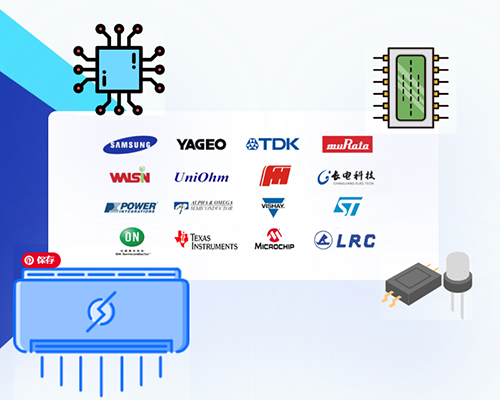

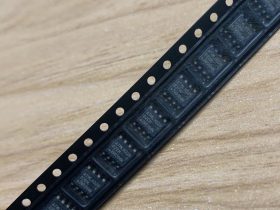
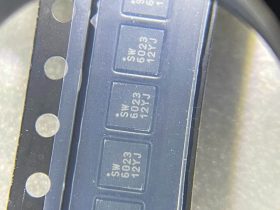
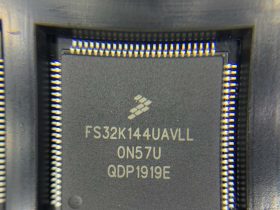
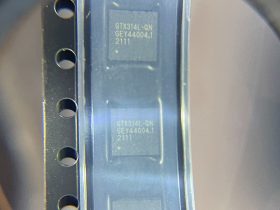
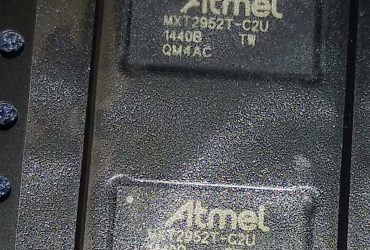
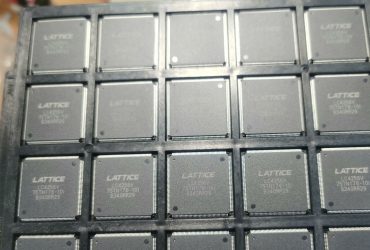

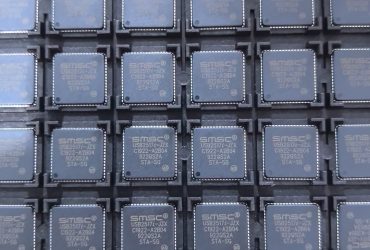
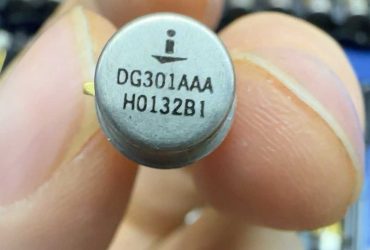
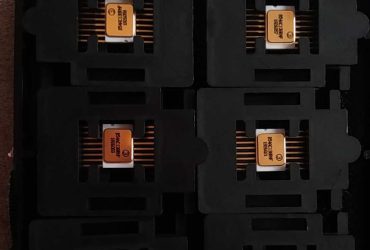
Leave a Reply